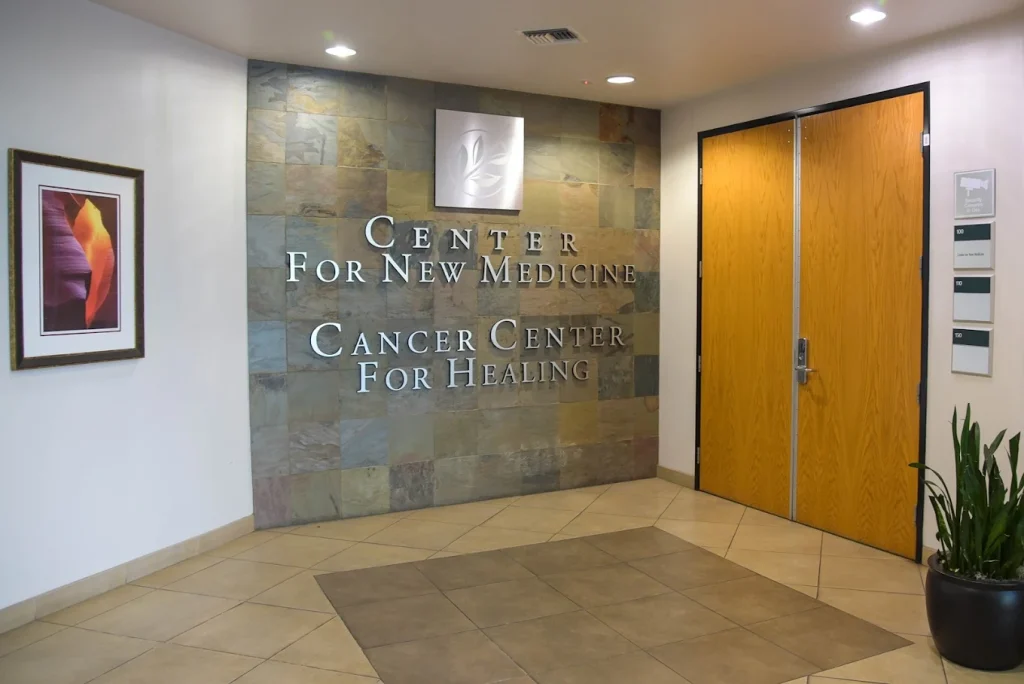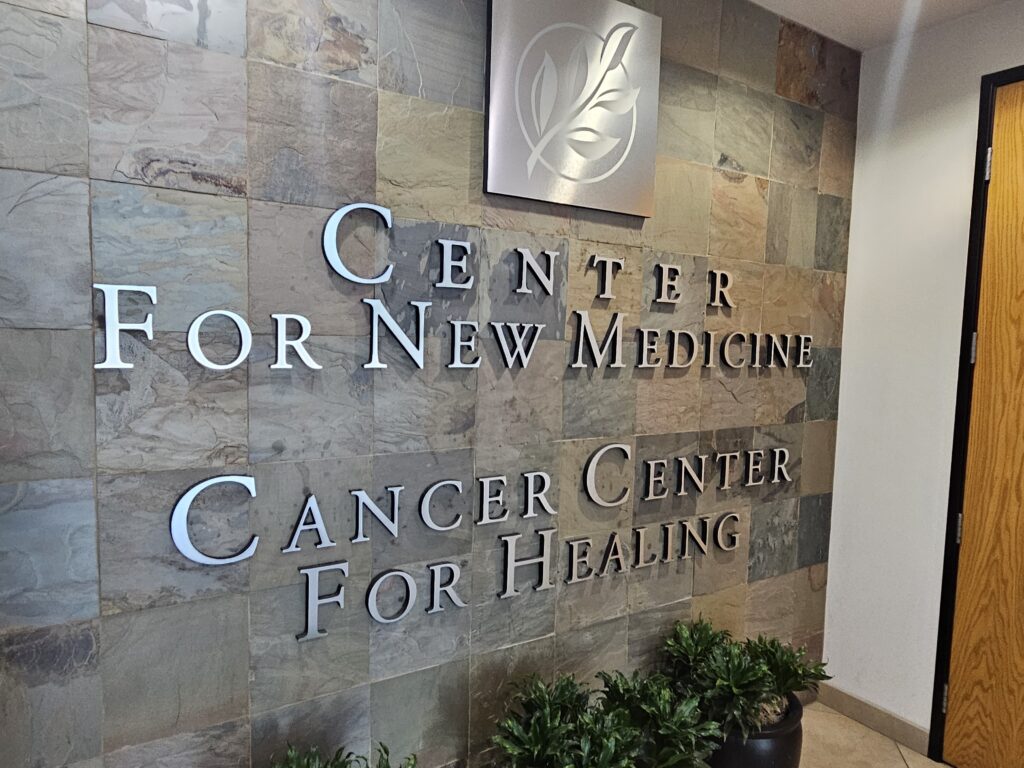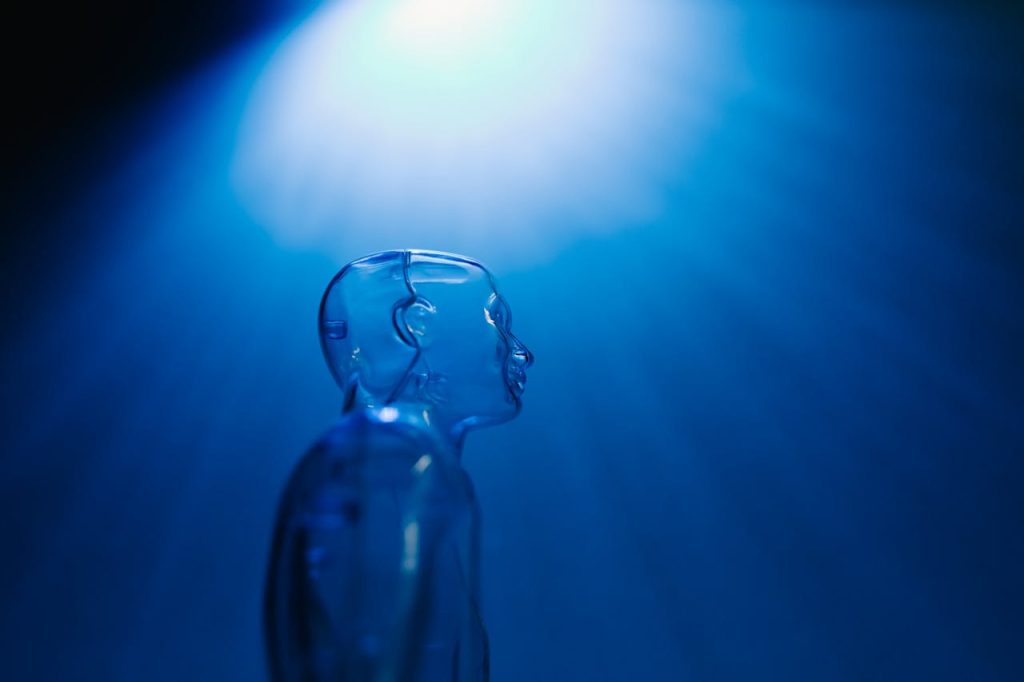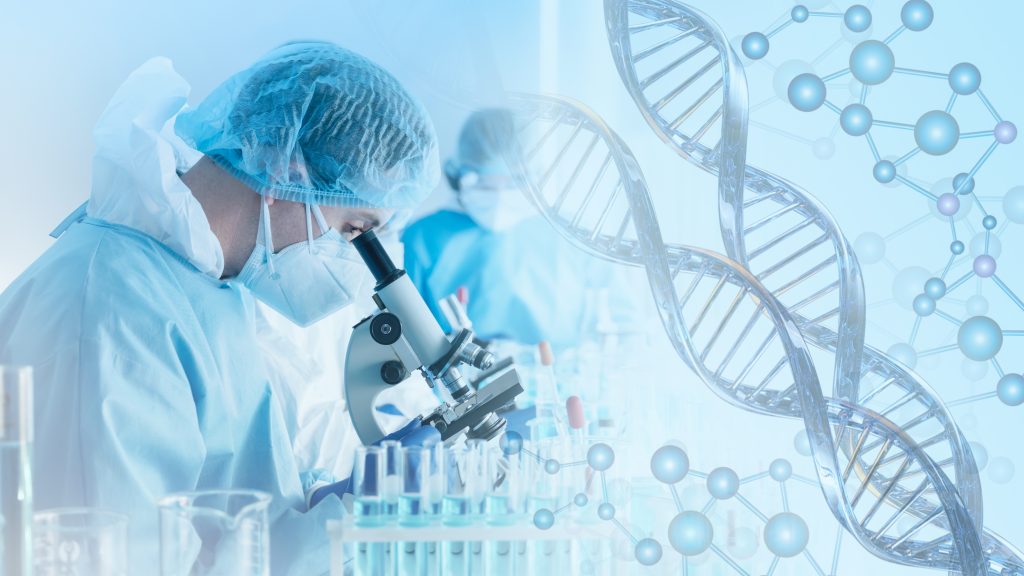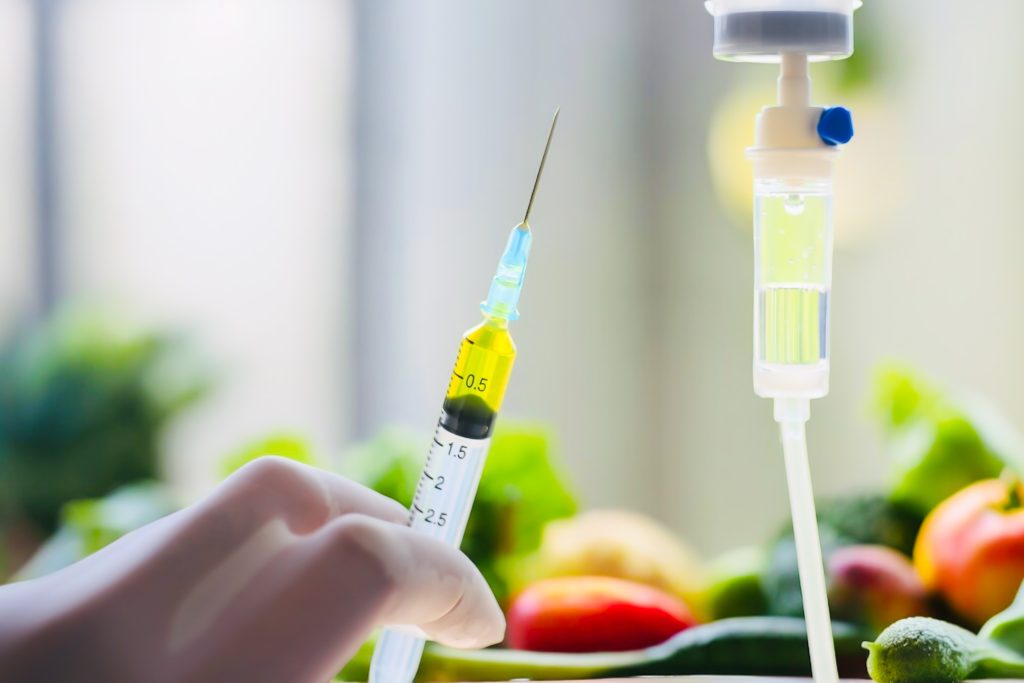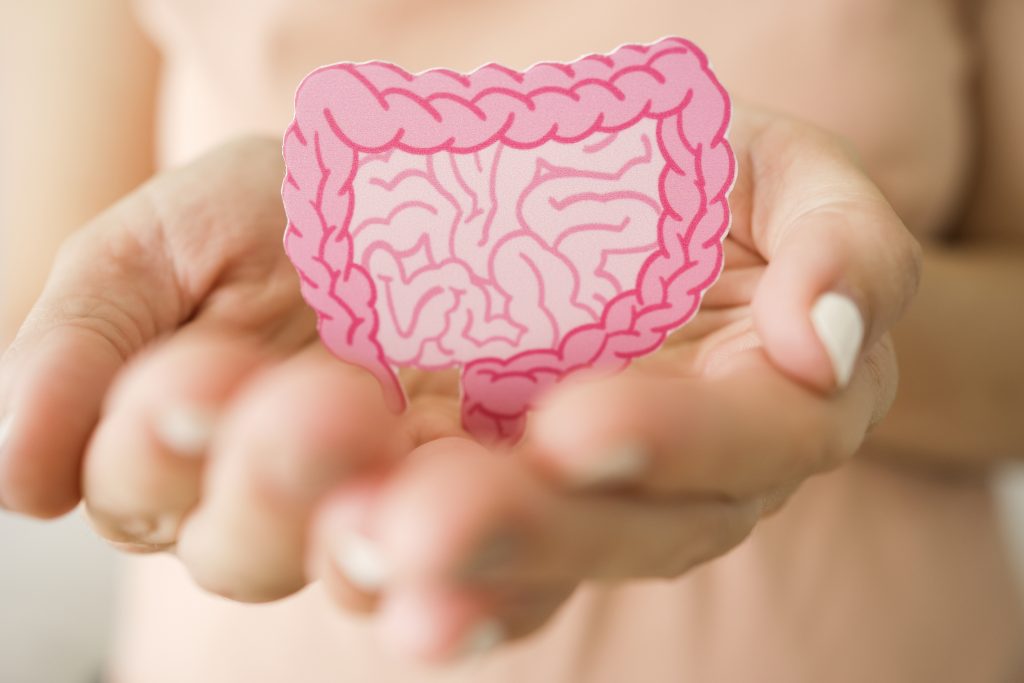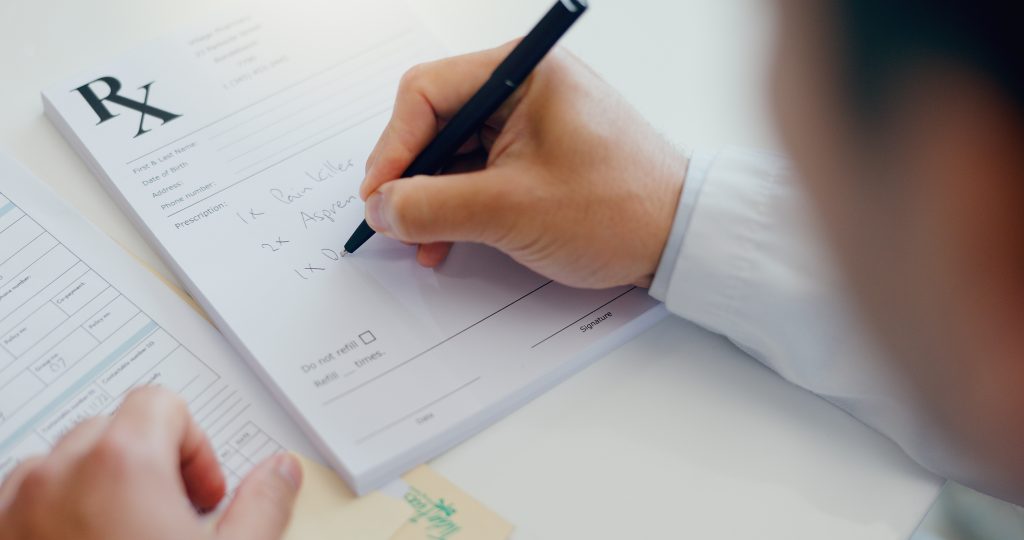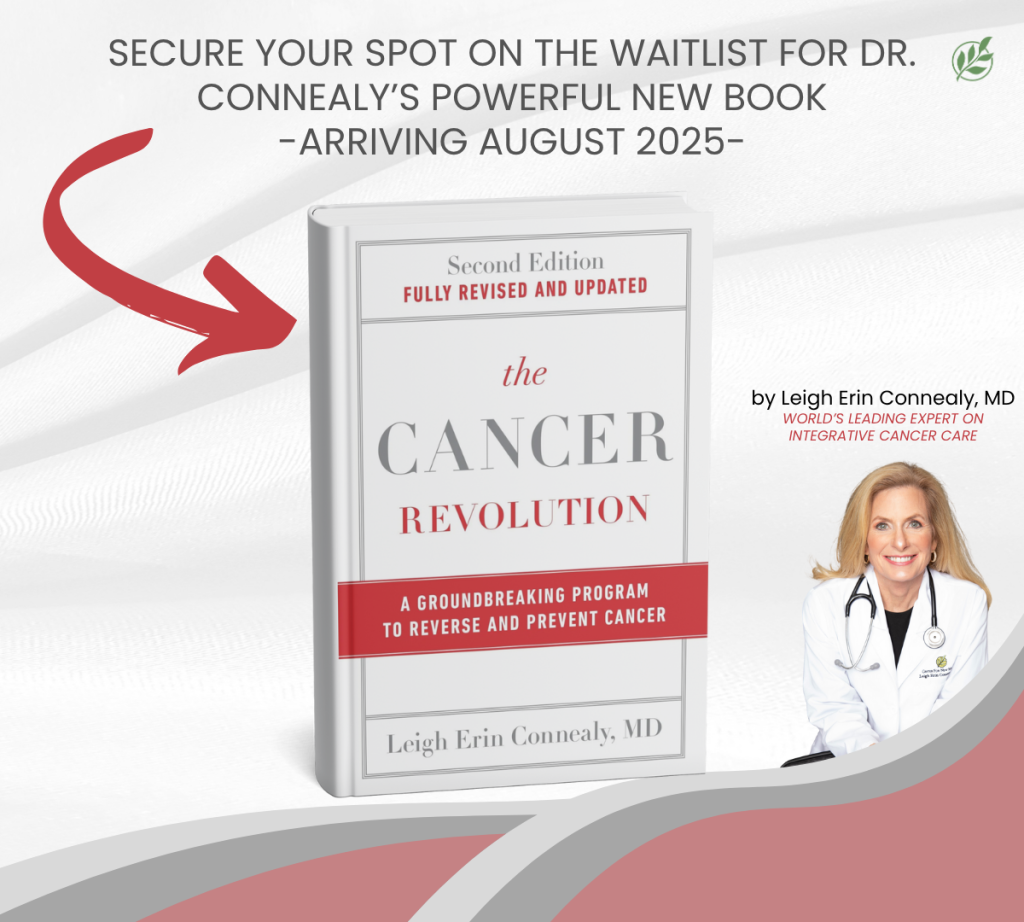Mammograms are an essential tool in breast cancer detection, allowing healthcare professionals to identify potential issues before they become more serious. However, many individuals may be hesitant to undergo a mammogram due to concerns about the procedure’s duration or discomfort. In this article, we’ll explain what to expect during a mammogram and how long the process typically takes.
Key Takeaways
- A mammogram is a breast cancer screening tool that uses imaging technology to take pictures of the breast tissue.
- The duration of a mammogram can vary depending on factors such as breast size and density, the number of images needed, and the radiologist’s workload.
- On average, a mammogram takes approximately 20 minutes from start to finish.
- To help expedite the process, patients can arrive on time, wear accessible clothing, and inform the radiology staff of any past breast health issues.
- The Cancer Center for Healing in Irvine, CA, offers comprehensive cancer care that incorporates both conventional and alternative therapies.
What is a Mammogram?
A mammogram is a medical imaging procedure that uses low-dose X-rays to visualize the breast tissue. It is an essential tool in breast health screening and is recommended for women above a certain age or those with a higher risk of breast cancer.
The mammogram procedure involves briefly compressing the breast tissue between two plates, allowing for the acquisition of high-quality images. These images are then analyzed by a specialized radiologist to check for any abnormalities or signs of breast cancer.
Preparation for a Mammogram
Prior to undergoing a mammogram, there are certain preparations that should be taken into consideration to ensure that the screening is accurate and effective. Here are some important guidelines to follow:
- Avoid wearing deodorants, powders, and lotions on the day of the mammogram, as these products can interfere with the imaging process.
- Wear comfortable, two-piece clothing to make it easier to undress from the waist up.
- Inform the radiology staff if there is any possibility of pregnancy, as special precautions may be necessary.
It is also worth noting that patients should schedule their mammogram at a time when their breasts are least likely to be tender or swollen. This typically means avoiding the week prior to a menstrual period, as well as any other time when the breasts may be noticeably swollen or tender.
What Happens During a Mammogram?
A mammogram is a breast cancer screening tool that uses low-dose X-rays to capture images of the breast tissue. During the mammogram procedure, the patient will be asked to undress to the waist and put on a gown. The mammography technologist will then position the patient’s breast on a flat surface, which will be gradually compressed by a paddle.
Compression of the breast is necessary to obtain a clear image and reduce the amount of radiation needed. The technologist will take images from different angles and may need to reposition the breast for each image. The entire process may take about 20 to 30 minutes.
Patients may feel some pressure or discomfort during mammography, but it should not be painful. It is important to remain still and follow the technologist’s instructions for the best possible images.
“Compression of the breast is necessary to obtain a clear image and reduce the amount of radiation needed.”
Factors Affecting Mammogram Duration
The duration of a mammogram can vary depending on several factors, including breast size and density. In general, a mammogram may take longer to complete if the patient has larger or denser breasts.
Breast size can affect mammogram duration as more images may be needed to capture the entire breast tissue. For women with larger breasts, the mammogram may take longer to complete as the technician may need to reposition the breast to obtain the necessary images. On the other hand, women with smaller breasts may require fewer images, thus shortening the overall screening time.
Breast density can also impact mammogram duration as dense breasts contain more glandular tissue, making it harder to spot abnormalities. This may require additional imaging to acquire enough data for accurate interpretation. In some cases, a breast ultrasound may be recommended as a follow-up to a mammogram to provide more detailed images of the breast tissue.
It’s important to note that although these factors may affect mammogram duration, the overall time needed for the screening is typically short. At most facilities, the average time for a mammogram ranges from 20 to 30 minutes.
How Long Does a Mammogram Take on Average?
While the duration of a mammogram can vary based on individual factors and the specific facility providing the screening, the average time for a mammogram is usually around 20-30 minutes. This includes the time needed for positioning the breasts and obtaining the necessary images.
It’s important to note that this estimate may increase for individuals with larger breasts or more dense breast tissue, as more images may be required to obtain a comprehensive screening. Additionally, the radiologist’s workload and any unexpected findings may also affect the time needed for the screening.
Speeding Up the Mammogram Process
Patients can take certain steps to help expedite the mammogram process and ensure a timely screening appointment. Here are a few tips:
- Arrive on time: Showing up punctually for the appointment can help avoid delays and ensure that the radiology staff can keep to their schedule.
- Wear accessible clothing: Opt for a top with easy access to the chest area, as this can help streamline the positioning and compression process during the mammogram.
- Prepare accordingly: Avoid wearing lotions, powders, or deodorants on the day of the screening, as these substances can interfere with the imaging equipment.
- Inform the healthcare provider of any prior breast health issues: Letting the radiology staff know of any past abnormalities or concerns can help them tailor the screening to address specific concerns and avoid any unnecessary retests.
By taking these steps, patients can help ensure that the mammogram process runs smoothly and efficiently, leading to a quicker and more stress-free screening experience.
Additional Breast Imaging Procedures
While mammograms are the primary imaging tool for breast cancer screening, other tests may be recommended depending on individual circumstances, such as breast ultrasound or MRI. These additional procedures can provide more detailed information about the breast tissue and any potential abnormalities. However, it’s important to note that they may add to the overall screening time.
The Comprehensive Approach at the Cancer Center for Healing
The Cancer Center for Healing is a leading integrative cancer treatment facility located in Irvine, California. Their comprehensive approach focuses on healing the whole person, not just the cancer. Led by Dr. Leigh Erin Connealy, the center offers a range of holistic treatment modalities that integrate conventional and alternative therapies, including nutrition and lifestyle counseling, acupuncture, IV nutrient therapy, ozone therapy, and more.
The Importance of Comprehensive Cancer Care
While mammograms are essential for early breast cancer detection, they are just one aspect of comprehensive cancer care. At the Cancer Center for Healing in Irvine, CA, patients have access to a range of holistic treatment modalities that address the physical, emotional, and psychological aspects of cancer treatment.
Under the guidance of Dr. Leigh Erin Connealy, the leading oncologist at the center, patients can receive a personalized treatment plan that integrates conventional and alternative therapies. This approach is designed to support the body’s natural healing processes and improve overall wellbeing during and after cancer treatment.
Cancer can take a toll on both the body and mind, which is why comprehensive cancer care is so important. By addressing all aspects of a patient’s health, the Cancer Center for Healing can help individuals achieve optimal health and wellness, both during and after cancer treatment.
Scheduling a Consultation
To schedule a consultation at the Cancer Center for Healing in Irvine, CA, readers can call (949) 680-1880. The center’s dedicated staff will be happy to provide more information about the center’s innovative approach to cancer care or to book an appointment.
Conclusion
In conclusion, mammograms are a vital tool for early detection of breast cancer. While the duration of the screening may vary depending on factors such as breast size and density, the average time for a mammogram is typically between 20-30 minutes. Patients can help expedite the process by arriving on time, wearing accessible clothing, and informing the radiology staff of any past breast health issues. It is also important to note that additional breast imaging procedures may be recommended alongside or instead of a mammogram, which may add to the overall screening time.
For those seeking comprehensive cancer care, the Cancer Center for Healing in Irvine, CA offers a holistic approach to treatment that integrates both conventional and alternative therapies. Led by Dr. Leigh Erin Connealy, the center prioritizes addressing the physical, emotional, and psychological aspects of cancer treatment.
To schedule a consultation with the Cancer Center for Healing, readers can call (949) 680-1880. It is crucial to prioritize breast health and take necessary screening measures for early detection and treatment of breast cancer.
FAQ
Q: How long does a mammogram take?
A: The duration of a mammogram can vary depending on several factors. On average, the procedure itself typically takes around 15 minutes. However, it’s important to factor in additional time for check-in and potential wait times.
Q: What is a mammogram?
A: A mammogram is a diagnostic procedure used to screen for breast cancer. It involves taking X-ray images of the breast to detect any abnormalities or signs of cancer. Mammograms are essential for early detection and can help save lives.
Q: How should I prepare for a mammogram?
A: To prepare for a mammogram, it is advised to avoid using lotions, powders, or deodorants on the day of the screening. These products can interfere with the imaging process. Your healthcare provider may provide specific instructions for preparation.
Q: What happens during a mammogram?
A: During a mammogram, you will be asked to stand in front of the mammography machine. Your breasts will be positioned and compressed between two plates to obtain clear images. The technologist will capture multiple images from different angles to ensure a thorough examination.
Q: What factors can affect the duration of a mammogram?
A: The duration of a mammogram can be influenced by factors such as breast size and density. Larger breasts or dense breast tissue may require additional imaging time for a complete examination and accurate interpretation of the results.
Q: How long does a mammogram take on average?
A: On average, a mammogram itself takes approximately 15 minutes. However, it is important to consider additional time for check-in, changing into a gown, and any potential wait times.
Q: How can I help speed up the mammogram process?
A: Arriving on time for your appointment, wearing accessible clothing, and informing the radiology staff of any relevant breast health issues can help expedite the mammogram process. Following any preparation instructions provided by your healthcare provider is also important.
Q: Are there additional breast imaging procedures besides mammograms?
A: Yes, there are other breast imaging procedures that may be recommended alongside or as an alternative to mammograms. These may include breast ultrasound or magnetic resonance imaging (MRI). These additional procedures can add to the overall screening time.
Q: Where can I seek comprehensive cancer care?
A: The Cancer Center for Healing, located in Irvine, CA, offers comprehensive cancer care. Led by renowned oncologist Dr. Leigh Erin Connealy, the center provides holistic treatment modalities for various types of cancer.
Q: Why is comprehensive cancer care important?
A: Comprehensive cancer care integrates conventional and alternative therapies to address the physical, emotional, and psychological aspects of cancer treatment. This holistic approach can lead to improved patient outcomes and overall well-being.
Q: How can I schedule a consultation at the Cancer Center for Healing?
A: To schedule a consultation at the Cancer Center for Healing, please call (949) 680-1880. Our team is available to provide more information, answer any questions, and assist you in booking an appointment.


